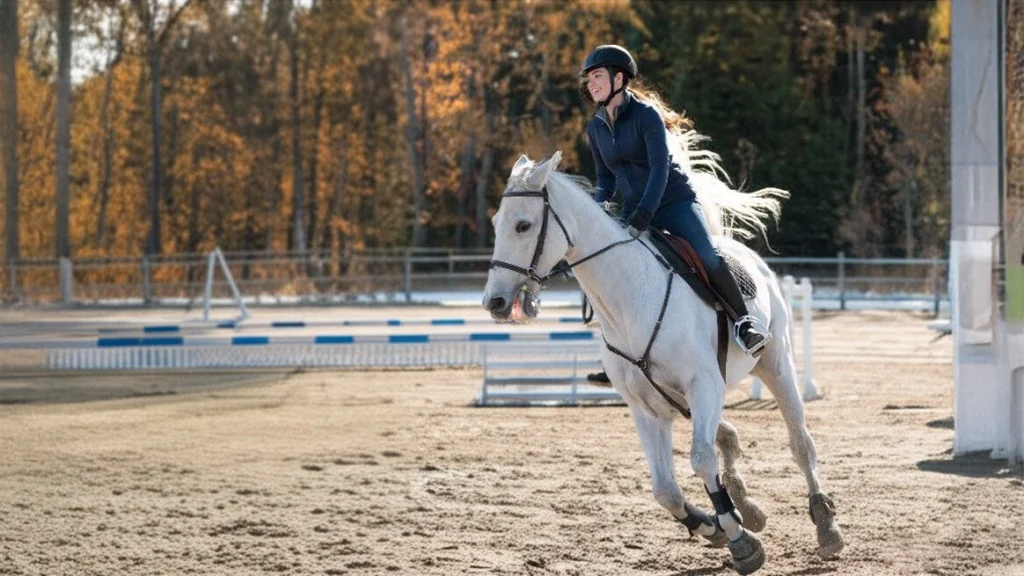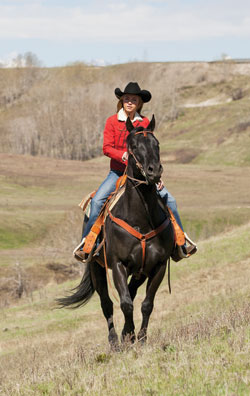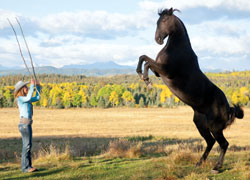Behind the Scenes With Heartland’s Horses: How Real-Life Training Brings the Show to Life

The horses of Heartland aren’t just part of the set—they’re part of the family.
Beautiful, majestic, calm, and always curious—that’s how Amber Marshall describes Spartan, the horse who’s as much a star of Heartland as Amy Fleming herself. Over the years, fans have grown attached to these horses almost as much as the characters. But how does Heartland get its equine cast to act so naturally on camera?
Heartland, filmed in Alberta’s Rocky Mountains, has been running for so many seasons that its animal cast could fill a small stable. Each episode brings new challenges—not just for Amy and Ty, but for the horses as well. Amy, played by Amber Marshall, is a “horse whisperer” who helps troubled horses find trust again, and the show’s writers work hard to keep it real.
Leila Basen, one of Heartland’s writers, knows horses inside out. Her own father bought her first horse when she was five, and she’s spent her life around them. “A lot of the stories are loosely based on things that happened to me or people I know,” Leila says. She pulls from a lifetime of barn stories for Heartland scripts.

Most of the horses you see on screen are owned by legendary wrangler John Scott. With more than 160 horses just for film work, John provides everything from the “bombproof” calm rides for the cast to trained stunt horses who can fall, rear, or spook on cue. Spartan, Amy’s main horse, is played by two Quarter Horses—Rocky and Stormy. When the script calls for something extra, like a wild gallop or a tricky stunt, other horses like Zyada and Sunny step in, too.
Training for Heartland is no simple job. Because so many episodes center on horses with behavioral issues, these horses have to act out everything from refusing to load in a trailer to shying away at a sudden noise. John Scott describes it as “adverse horse training”—sometimes, someone hides under a trailer with an umbrella or even uses an air hose to get a horse to spook. “It’s actually harder to teach them to misbehave, and then you have to make sure they know it’s not something they should keep doing,” John explains.
Of all the horses on set, one stands out to Graham Wardle, who plays Ty Borden: Sugarfoot, the tiny white mini horse. “He thinks he’s a big horse,” Graham jokes. “When he pulls Mrs. Bell’s cart or runs, you can see he has no idea he’s little—he’s just all heart.” Graham admits he wasn’t much of a rider before joining the show, but years on Heartland have made him comfortable around horses.

Amber Marshall, on the other hand, has been riding since she was little. She spends her time off roping and training with her own horse, Cash. When it comes to giving cues on set, Amber prefers to do it herself rather than rely on a wrangler hiding just out of frame. “Horses pick up on body language,” she says. “I’d rather learn the technique and do it myself so it looks natural.”
Working with horses isn’t always predictable. Sometimes a horse will nudge the boom mic or swipe Amber’s cowboy hat right off in the middle of a serious scene. That unpredictability is part of what makes Heartland feel real—it’s not just the scripts, it’s the living, breathing animals sharing the set.

Looking ahead, Leila Basen hints that Amy’s skills with horses will help her better understand the people in her life, too. After all, the real magic of Heartland isn’t just about fixing troubled horses. It’s about how those connections bring a family closer together.
So when you watch Heartland, remember: every horse moment is the result of patience, training, and a whole lot of real-life horse sense.
-
Heartland is so endearing to me I have learned so much about family commitment and dynamics it’s just wonderful, sometimes I feel like I am right there❤️
★★★★★
Leave a Reply

I really love Heartland. I don't miss a chance to make sure I get too watch it. But now I really don't
Know where to turn my TV at because really don't
know what channel it is on.I would love to watch it
again. Thank's
★★★★★